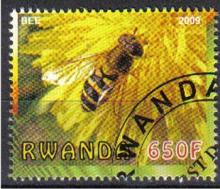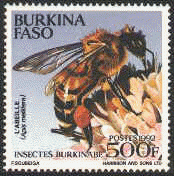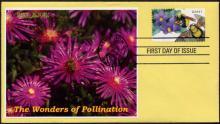Neonicotinoid insecticides implicated in honeybee mass poisoning incidents
An investigation by Buglife – the Invertebrate Conservation Trust has revealed that there is evidence of an increasing link between neonicotinoid pesticides and bee deaths in Britain. Buglife reviewed data from Fera, the Government’s agricultural research organisation, (attached) and found that there have been several cases in the last two years when the Wildlife Incident Investigation Scheme has implicated neonicotinoid pesticides in mass bee deaths. Not only that, but the number of reported incidents have been rising in recent years and, importantly, an increasing proportion of the incidents are associated with neonicotinoid pesticides.




